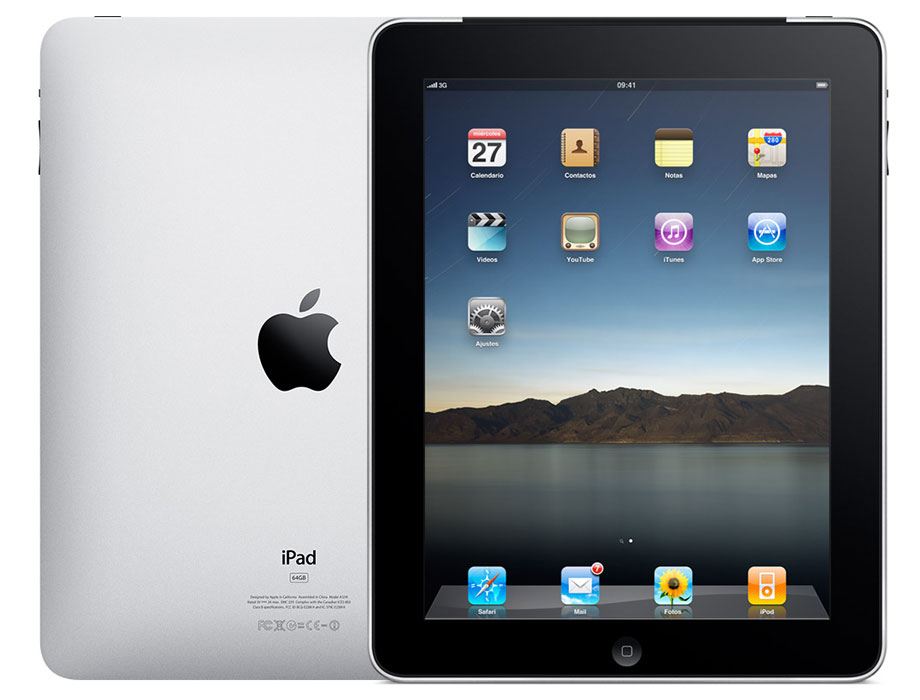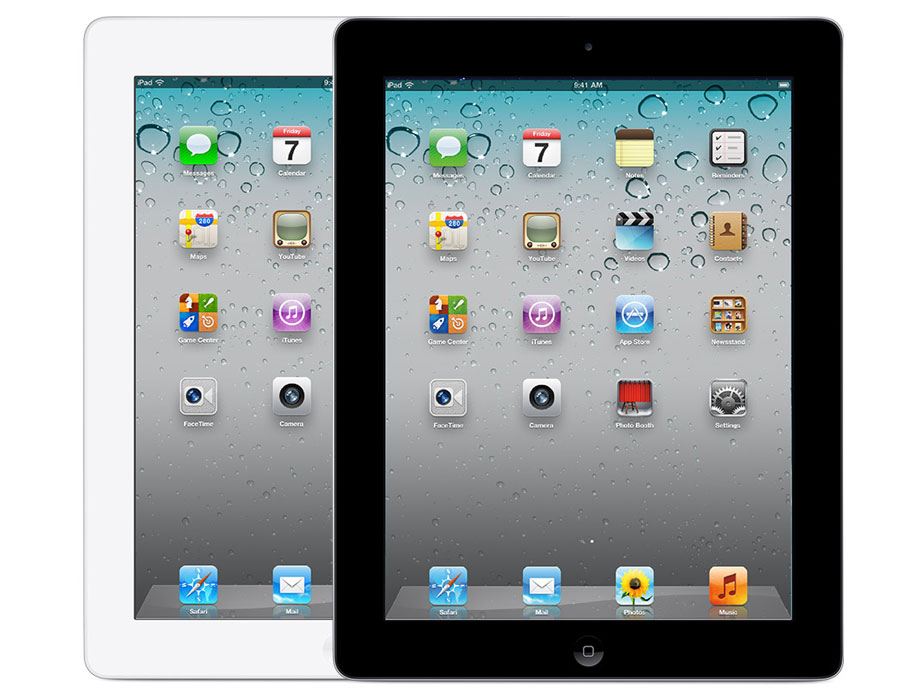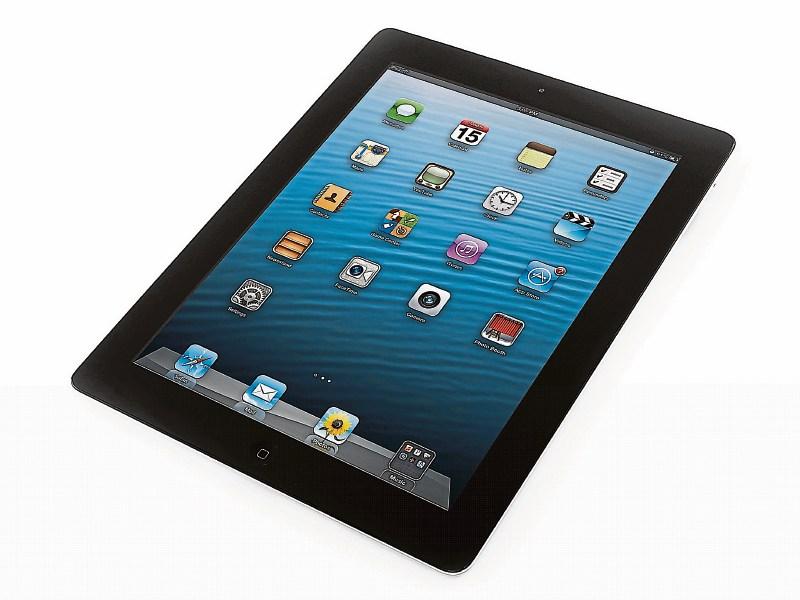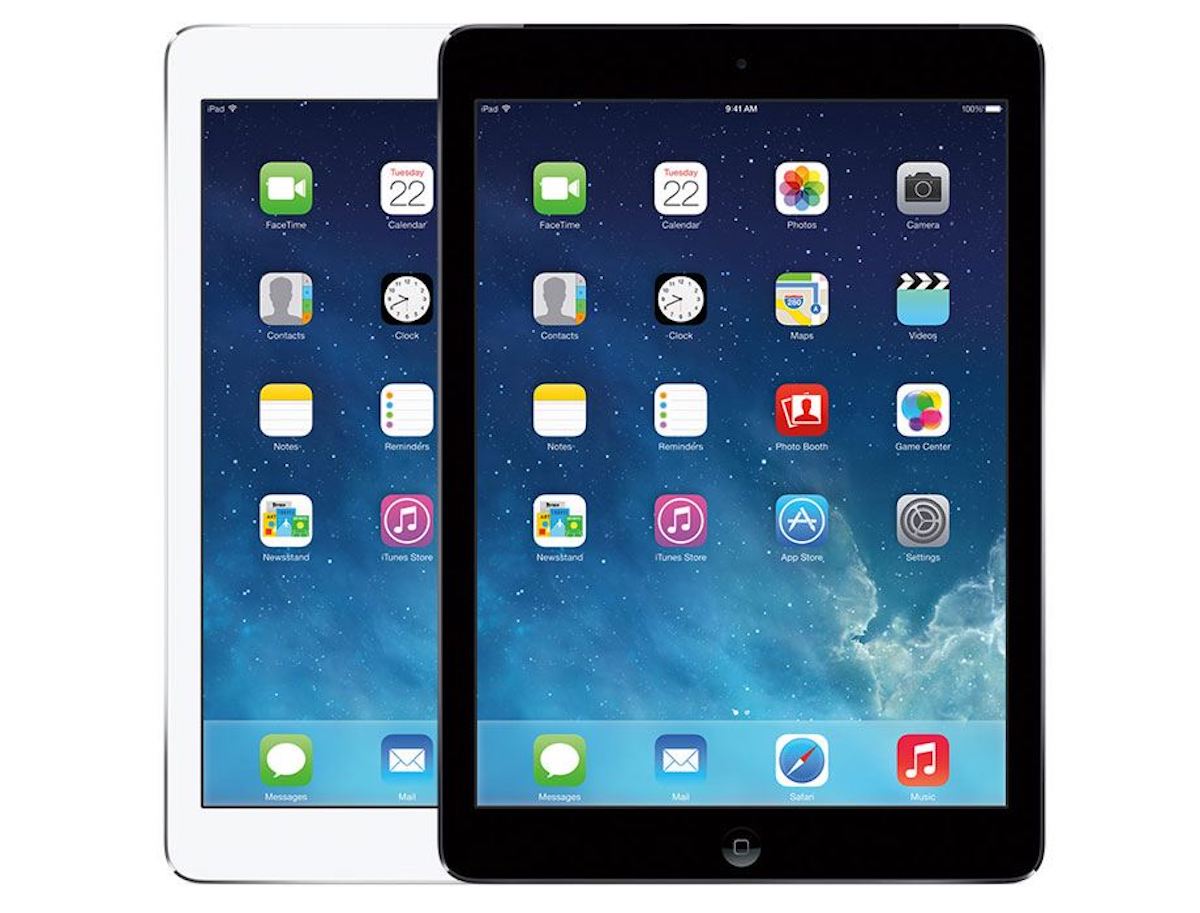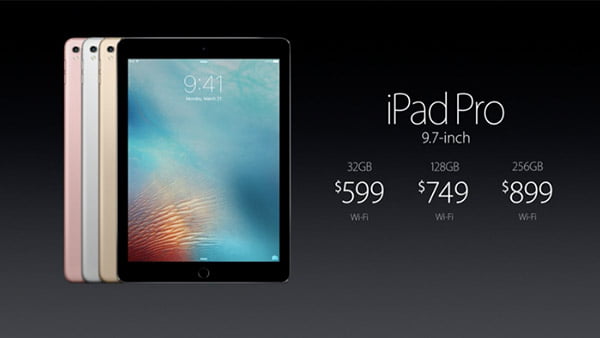Wednesday, January 27, 2021, marked the 11th anniversary since Apple co-founder Steve Jobs went on stage to unveil the iPad. Little did the visionary know that, in the years since, the not so tiny piece of tech would cause tech giants to fret and worry, a tablet that broke the barrier between a laptop and tablet, ruling the category for a long time. “iPad is our most advanced technology in a magical and revolutionary device at an unbelievable price,” said Jobs, in a press release on January 27, 2010. “iPad creates and defines an entirely new category of devices that will connect users with their apps and content in a much more intimate, intuitive and fun way than ever before.” Today, we thought of taking a look down the iPad’s rich history, from the first iPad to the latest iPad, taking a drip down memory lane, awed at the technical advances that have taken place within these eleven years. Do note, we will be including the versions that were cause for a change and impacted the tablet segment, for better or for worse.
1. iPad (2010): The Chosen One
The first iPad, the one that initiated this journey, was announced way back in 2010, in the month of January. The device offered a premium build, consisting of an all aluminium build, complete with square edges, which are a clear point of influence for the current generation iPad Pro.
The device came with a 9.7-inch display, with a thickness of 13mm, making it more of a brick and less of a slim tablet. The weight too was enough for a workout, with the iPad weighing in at a whopping 680 grams. In terms of the performance, the difference is quite odd, with the 2010 model featuring a 1GHz Apple A4 chip, with support for three variants, namely 16GB, 32GB and 64GB. The device quoted a battery life of 10 hours, which was quite a lot, in 2010 standards. The first-gen iPad was priced at $499, a markup over the current-gen iPad, which slots in at around $329.
2. Apple iPad 2: Snaptastic Launch
The second-gen iPad, which was unveiled in 2011, offered a major upgrade over the 1st gen model, with a much slimmer body, 33% to be exact, at a thickness of 8.8 mm. The weight too dropped to under 600 grams, which made the brick-like feeling much less likely. Performance too was doubled, with the dual-core A5 chip, paired with nine times faster graphics.
The biggest upgrade, however, comes in the form of cameras. What do we mean? Well, for all of the things that the iPad offered, it missed out a critical aspect, which was the camera. The iPad 2 addressed this issue with the inclusion of a front camera and a rear camera, allowing users to use FaceTime and video call each other, something that one thinks is a standard affair, at least in the modern age.
3. iPad 3rd Gen: Cue in the Retina
The third-gen iPad debuted back in 2012, with the design being pretty similar to that of the iPad 2. The one change that stuck out to the users was that of the display. The reason for the inclusion of the iPad 3rd gen is the screen, which was a “Retina display”, a phrase that is still in use as of 2021. This change allowed for four times the pixels of the iPad 2, making it a massive change.
In addition to this, the 3rd gen iPad also came with the A5x chipset, which offered a bump up to a quad-core graphics processor, with the resolution of the camera also being upgraded, from 1MP to 5MP.
4. iPad 4th Gen: Lightning Strikes
The iPad 4 was an incremental upgrade in most aspects, but the 4th generation iPad ditched the 30-pin connector in favour of lightning port, something that Apple seems to have an obsession over, with the 2020 portfolio of iPhones still sticking to lightning, despite the entire industry having shifted to the far more common USB Type-C. The display was the same as the 3rd gen iPad, although the performance saw a minor upgrade, thanks to the A6x processor, which promised to be twice as fast as the 3rd gen iPad. The 4th Gen iPad also came with support for dual-band Wi-Fi and a new front-facing camera, with a resolution of 1.2MP.
5. iPad Air: Lighter than Air
The iPad 5th generation was renamed as the iPad Air, owing mostly to a fresh design to the iPad. This design took cues from the curved edges of Apple’s iPad Mini, which was a smaller, curvier iPad with close, if not similar specifications, at least to some extent. This tablet was 20% lighter than the iPad 4, weighing in at 469 grams.
In the list of changes, Apple also reduced the bezels by about 43%, providing a larger viewing area in the same footprint. The chip also got a minor bump, up from the A6 to the A7 Bionic chip, with support for 64-bit architecture, that came with numerous benefits.
6. iPad Pro (2015)
Apple marked a shift in the tablet segment with the launch of the iPad Pro in 2015, shaking up the segment and paving the way for future advancements in tablets. In terms of the display, there was a sizeable shift to a huge 12.9-inch display with 5.6 million pixels and a variable refresh rate to help save power. It had a quad-speaker setup in comparison to dual speakers on the iPad Air 2, allowing for three times the volume, with an increased speed of 1.8x owing to the A9X chipset.
Towards the side, the 6.9mm slim iPad Pro had a Smart Connector meant for connecting a dedicated keyboard and allowing for data transfer and power. The iPad Pro also marked the announcement of the Apple Pencil, a stylus that is one of, if not the best styluses on commercial devices. Right now, Apple has four iPad lineups on offer- the premium iPad Pro, the sleeker and lighter iPad Air, the regular iPad aimed at the students and the iPad mini for those looking for a small screen iPad.

